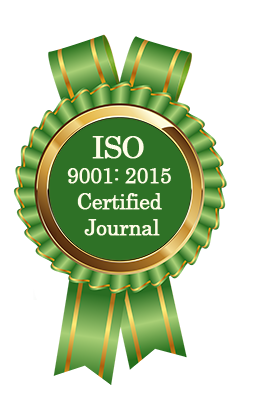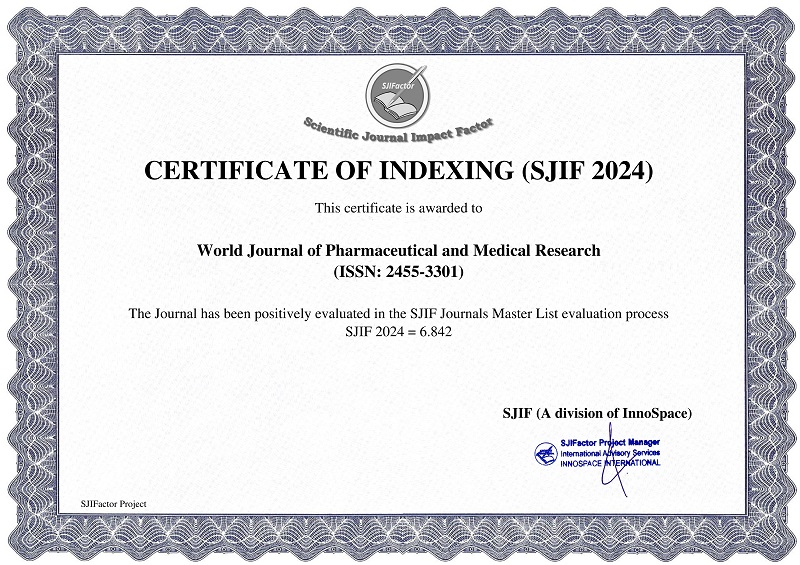PHYSIOLOGICAL BASIS OF TRIGUNA THEORY: EXPLORING THE NEUROPSYCHOLOGICAL CORRELATES OF SATTVA, RAJAS, AND TAMAS
Dr. Vaibhav Biradar*, Dr. Nishant Patel and Dr. Jaimini Rathod
ABSTRACT
The Triguna theory—Sattva, Rajas, and Tamas—is a core concept in Ayurveda, describing the three fundamental psychological qualities that shape human behavior and consciousness. These Gunas are considered dynamic and interdependent, influencing physical, mental, and emotional health. Aim: The aim of this review is to explore the physiological and neuropsychological correlates of the Triguna theory and to establish possible connections between Ayurvedic psychological attributes and modern scientific frameworks such as neurochemistry, brain wave activity, and stress response systems. Materials and Method: This is a narrative review based on secondary data sourced from peer-reviewed journals, Ayurvedic texts, and neuroscience literature. Key sources include psychometric assessments like the Vedic Personality Inventory, EEG studies, and neurobiological models of behavior. The review synthesizes classical Ayurvedic interpretations with contemporary findings on neurotransmitters, brain structures, and stress physiology. Conclusion: The integration of Triguna theory with modern physiological models provides a holistic understanding of personality and mental health. Sattva, Rajas, and Tamas can be mapped to specific neuropsychological patterns, offering insights into personalized healthcare.
[Full Text Article] [Download Certificate]



